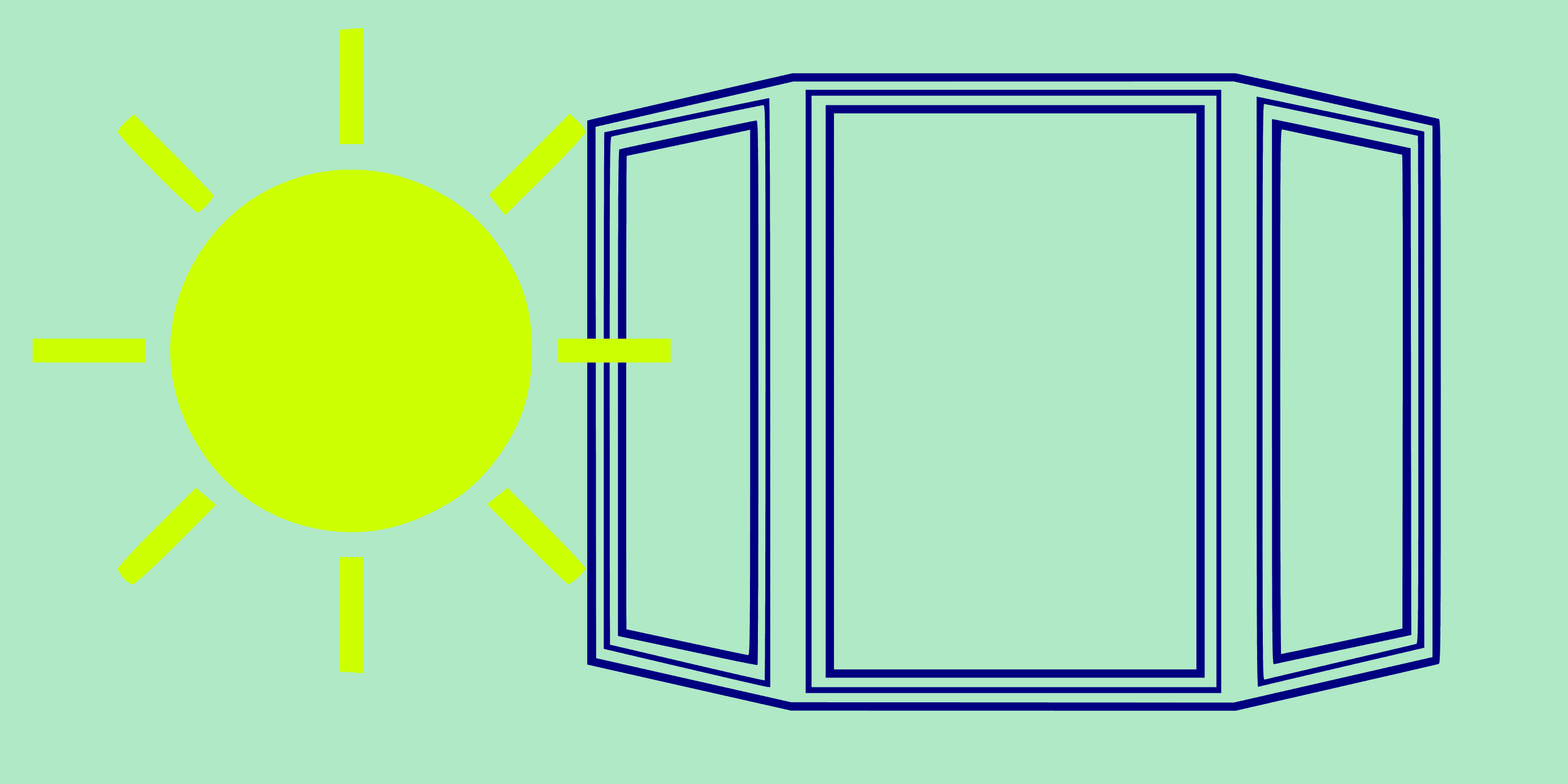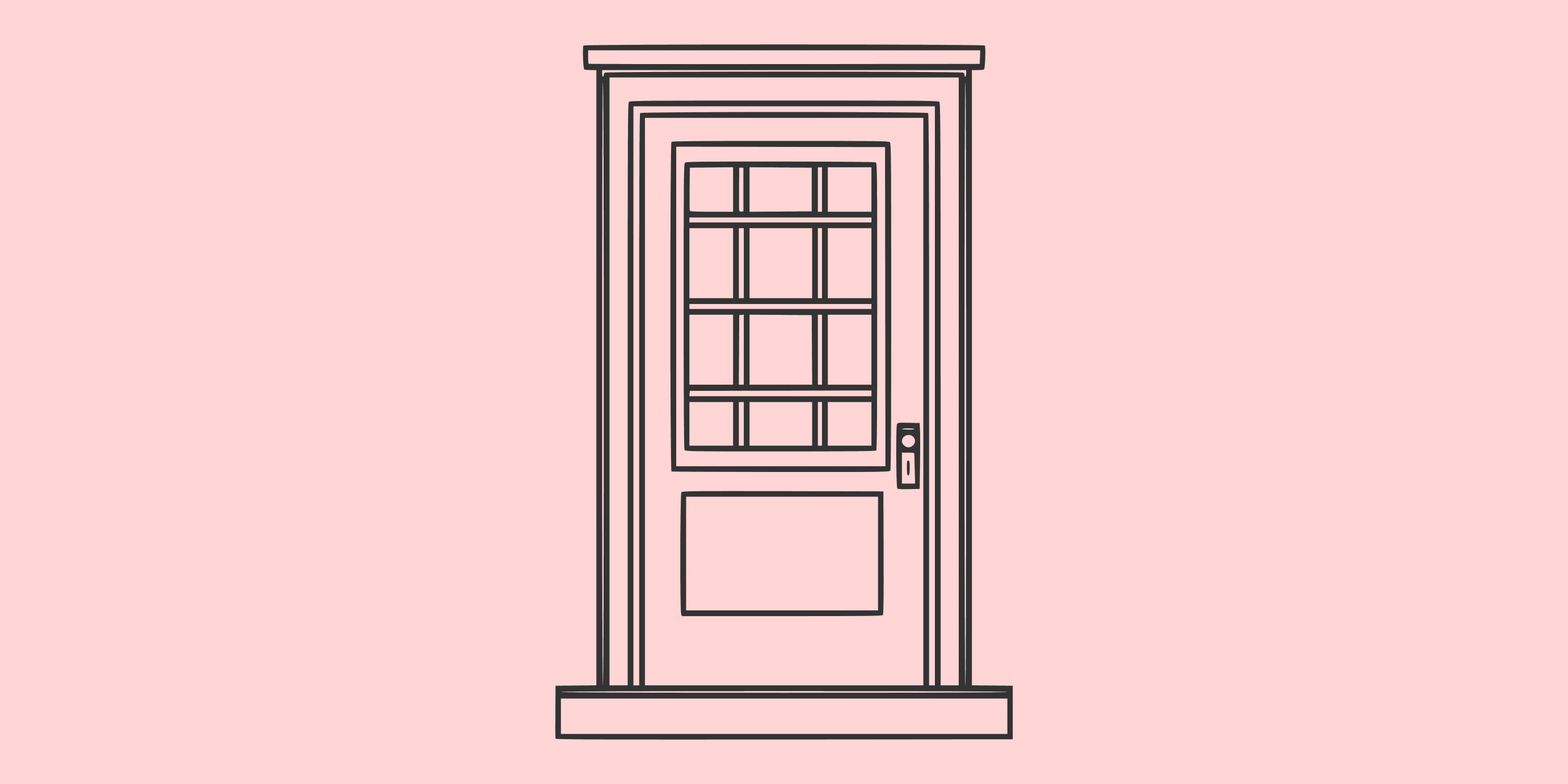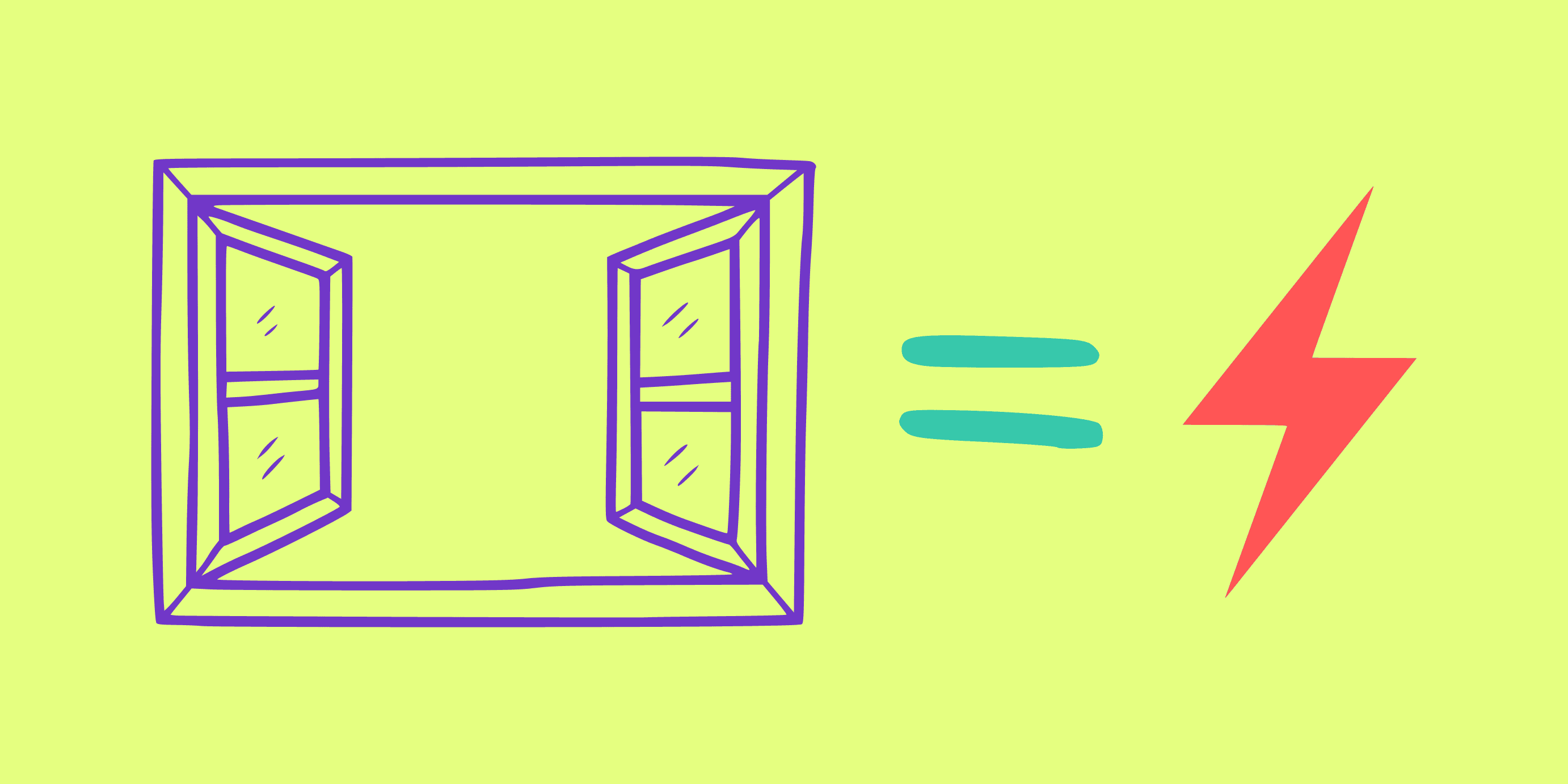Windows that maximize natural light are a popular feature in homes, as it creates a fresh and bright feel. Not only does natural light save on electric bills, but it also optimizes the limited daylight hours during the shorter days of fall and winter. Let’s explore the benefits of increased natural light, energy-saving tips, and the best window types for letting in the sunshine.
The Benefits of Sunlight in Your Home
Letting more sunlight into your home has many benefits. It can boost mental health, help your houseplants thrive, and even lower your electricity bills.
Tune Your Body Clock: Natural light helps keep your body’s internal clock, or circadian rhythm, on track, leading to better sleep. Too much artificial light at night can mess with your sleep patterns, making it hard to fall or stay asleep.
Reduce Electric Bills: Using natural light during the day reduces the need for electric lights, saving money on energy costs. This is especially true in the spring and summer when the days are longer.
Boost Mood and Energy: Sunlight is a natural source of vitamin D, which is essential for your physical and mental health. You can get your daily dose of vitamin D from sunlight coming through your windows, improving your mood and energy levels.
Help Your Plants Grow: As you know, sunlight is also great for houseplants, helping them grow healthy and strong. With enough natural light, you can grow a variety of plants and herbs, adding life and color to your home.
Energy Efficiency and Natural Light
Using windows that let in more natural light can also make your home more energy-efficient. How much you save depends on where you live and the season. In the colder northern parts of the U.S., energy-efficient windows are designed to let in more light. In the warmer southern areas, the standards call for windows that let in less light to keep homes cooler. Choosing windows that provide the right amount of natural light while keeping your home’s temperature controlled is key to improving energy efficiency.
ENERGY STAR® Ratings
ENERGY STAR-rated windows can lead to significant savings on energy costs by improving home insulation and reducing the need for heating and cooling. The exact savings depend on various factors, including the climate, the type of windows replaced, and the size of the home. On average, homeowners can save between $126 and $465 a year when replacing single-pane windows with energy-efficient ones, and between $27 and $111 a year for replacing double-pane, clear glass windows.
Window Styles for Natural Light
No matter the ENERGY STAR guidelines in your area, some window designs naturally let in more light. Consider these options to make your home brighter:
Picture Windows
Picture windows are known for their large, uninterrupted glass panes, designed to offer expansive views and maximize natural light. They can be custom-sized to fit large openings, making them one of the top choices for increasing interior light. Their prices range from $600 to $3,465 per window based on standard size and typical installation costs. While they don’t open or close, or provide ventilation, their advantage lies in creating bright, visually open spaces. If the interior space requires ventilation, you can pair picture windows with operable window types, such as single-hung or double-hung windows, creating a functional and beautiful window arrangement.
Bay and Bow Windows
Bay windows consist of three windows set at angles, projecting outward from a wall, creating a bay in the room. Bow windows are similar but include more windows, often four or five, creating a curved appearance. Both styles extend beyond the home’s exterior, providing additional interior space and capturing light from multiple directions. This architectural feature not only enhances the amount of natural light in a room but also adds charm to the building’s exterior. Bay window prices range from $1,730 to $9,800 per window and bow window prices average $1,800 to $10,300 per window. Bay and bow windows are perfect for creating cozy nooks with panoramic views and are particularly effective in rooms where extra space and light are desired.
Sliding Windows
Sliding windows, or gliders, operate horizontally, with one pane sliding past the other to open. They are known for their wide views and ease of use, often chosen for their sleek design and functional simplicity, and usually cost $770 to $4,415 per window. Sliding windows allow for significant natural light and can be an excellent choice for spaces where an outward-opening window would be impractical. When combined with other window styles, like single-hung windows, they can offer both a panoramic view and versatile lighting options, making them ideal for rooms that benefit from both light and ventilation.
Increasing the natural light in your home can enhance your decor, boost your mood and health, and reduce energy expenses all year round. If you’re considering installing windows that bring in more sunlight, request a meeting with a trusted window professional. They can help you choose the right styles, colors, and features to ensure you get the most benefit from your new windows.




